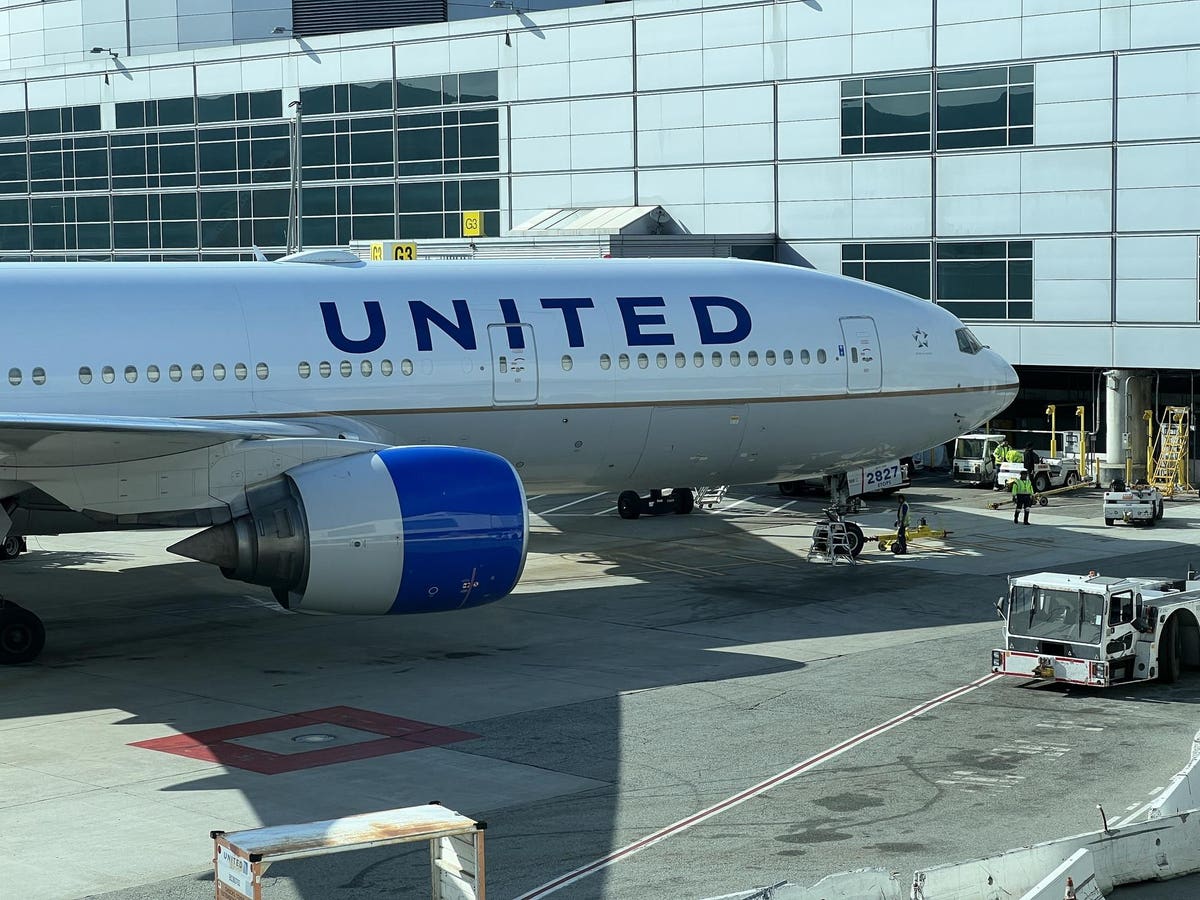Two gateway hubs, left behind during pandemic restructuring, are looking to brighter futures as their international traffic rebounds.
Philadelphia International Airport on the East Coast and San Francisco International Airport on the West Coast have both seen traffic return slowly, despite being international hubs for carriers American Airlines and United Airlines.
Nevertheless, both airports received have received assurances that their slow climbs out of the pandemic airline economy will continue.
United increased its San Francisco to Shanghai to daily this month and says it will resume daily San Francisco-Beijing in November. An agreement with regulators also enables Air China to resume Beijing-San Francisco on Nov. 1 and China Southern to add Guangzhou-Wuhan-San Francisco on China Southern on Nov. 5. Also, China Eastern
EML
On the United third quarter earnings call last week, Andrew Nocella, chief commercial officer, said “The resurgence of the Pacific flying is resulting in many long-haul flights being added.”
“We continue to see strength across Atlantic; We particularly see it to Southern Europe,” Nocella said. Nevertheless, he said, “We are going to give the Atlantic a rest,” with no capacity growth across the Atlantic in 2024. Rather, “If you look at our schedules going into next year, you can see that a gigantic percent change in our capacity is, in fact, Asia.”
Through July, the SFO reported 28.4 million total passengers and 7.9 million international passengers year-to-date. Compared with July, total year-to-date traffic is down 17% and international traffic is down 12%.
At Philadelphia, meanwhile, American will begin Doha service on Oct. 29 as it ends New York service. Additionally, American has said that in 2024 it will add three European destinations: Copenhagen, Naples and Nice.
On the American earnings call, Vasu Raja, American’s chief commercial officer, responded to an analyst question about whether American will shift its New York/Philadelphia balance, given the unraveling of its Northeast alliance with JetBlue. “Certainly as we go into next year, we do see a lot of opportunity to bulk up in Philadelphia as we get more supportability back, as the regional comes back, as we take wide body deliveries,” he said.
Meanwhile, the number of Boeing 787 captains in March will be 145, up 40% from 103 today, according to Dennis Tajer, spokesman for Allied Pilots Association, which represents American pilots.
Additionally, American will begin to take delivery of Airbus 321XLRs, long range planes with capacity up to 220 passengers, at the end of 2024. Speaking to employees last week, Brian Znotins, senior vice president for network planning, said the planes “will be deployed primarily in JFK and Philadelphia,” and will be able to serve new transatlantic markets as well as markets that might be too small for a widebody aircraft. He said that later deliveries could be deployed in Charlotte, Chicago, and Miami.
Year-to-date through August, Philadelphia International had 18.6 million total passengers including 2.5 million international. Total passengers were down about 16% while international traffic was down 19%.
Read the full article here





